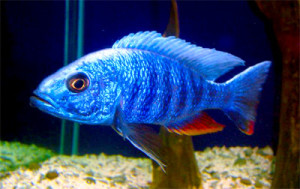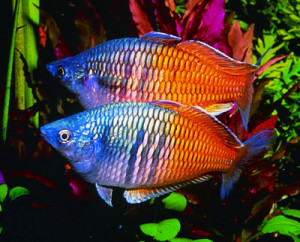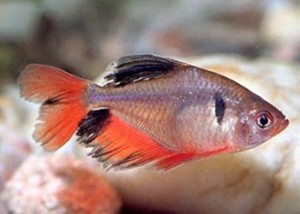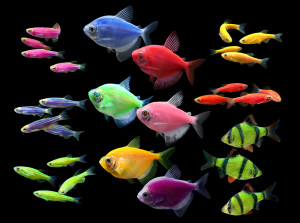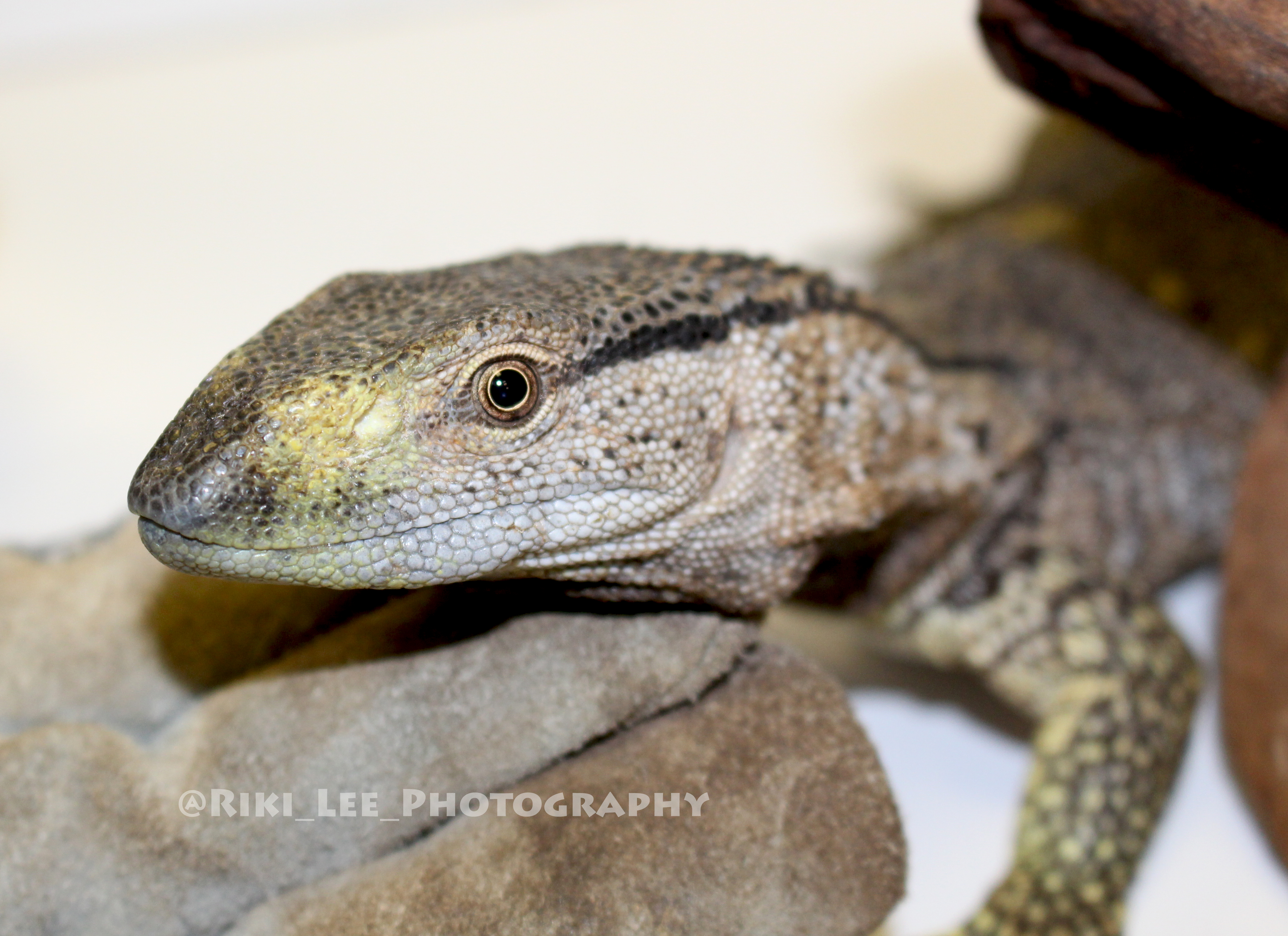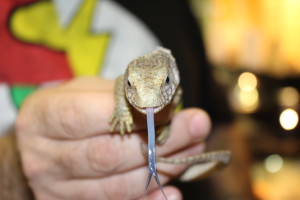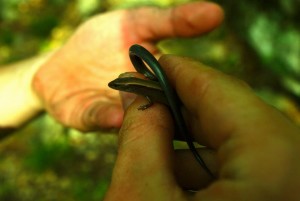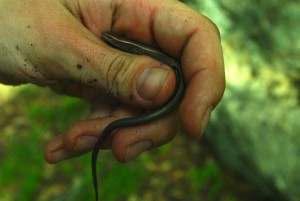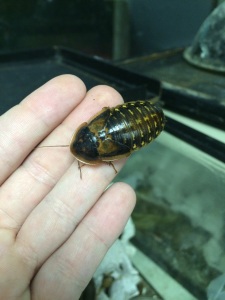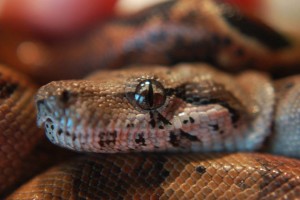
There are a lot of comments and posts about ornery snakes that just won’t eat, bearded dragons that do nothing but sleep sleep sleep and some critters that go through a completely catatonic state!
Most of this is due to WINTER! Some animals will go through a month (sometimes up to 6 months) of downtime this time of year. It can be prevented (with most species) with proper habitat maintenance. Some keepers induce this state for breeding purposes. This is called Brumation.
Before we get down and dirty with the facts of brumation and reptile hibernation… lets do a basic rundown of reptiles!
Reptiles are Ectothermic… this means that they are cold-blooded. They don’t make their own heat. Reptiles have to use a heat source (lights and UTH in captivity, basking in the sun for wild) to gather warmth. The warmth acts as one of the fuels that keeps their body working properly. (water and food being the other fuels)
When the weather turns frigid and less than satisfactory for a critter that relies on the warmth to regulate their temperature, reptiles turn to brumation in order to adapt to their surroundings and survive.
Now onto Brumation and your reptile at home!
What is Brumation?
It’s similar to a mammal’s hibernation. Reptiles will go into a dormant/slowed state for survival during the colder months. It can still be dangerous for most reptiles, even in a controlled environment if the habitat isn’t kept properly.
This is time of year that your home becomes cooler than normal due to the winter months. Unless you keep your home in the 80s at all times (or have a room with it’s own temperature control!) your pets will usually slow down with the change in temperature.
Snakes will stay in their hides. They’ll have less of a feeding reaction or none at all.
Bearded Dragons will sleep sleep sleep. They are found in their hides, ignoring the ‘day’ light settings. Their normal, spunky attitude when food is presented is more like your teenagers “meh” attitude to your constant nag about their chores.
There are some very important things you need to follow when it comes to making sure your critter remains healthy during this time.
Some people weren’t prepared for their critter to go into this cycle of dormancy. Your pet most likely ate before this cycle. When the cycle starts, the body slows down to a crawl. Any food that was still going through the digestion process is now left sitting in the critters bowels, fermenting. This can cause an infection in the intestines if it’s not taken care of.
Dehydration can also be a big problem since they don’t move much. Both of these items together can leave a big impact on your pet’s system.
Respiratory Infections are another risk factor to cooling your reptiles, whether done purposefully or due to the winter months.
You want to continue to keep fresh water and your usual day/night warmth for the pet. Bearded Dragons can be soaked since they obviously won’t be up and about as much to drink. They can absorb water through their cloaca (that place where they poop from…and also where their genitals are housed). They can be stressed during this time so you want to make sure you’re not bothering them too much.
Some people insist your reptiles need to brumate to stay healthy. Others will argue stating it’s a danger.
In the end, it’s all about research! Never fail to use your resources and ALWAYS check multiple resources. Some sites are biased where others (like forums and .gov/.edu sites) contain a wealth of knowledge from all areas of the spectrum!
DISCLAIMER:
Sometimes the dormant or slowed state can also be a sign of illness in your reptile. Never hesitate to see a professional if you’re unsure. In a previous post, we left information on local exotic vets. We are never to be used in place of a veterinarian! Tips and hints, but never a substitute!

